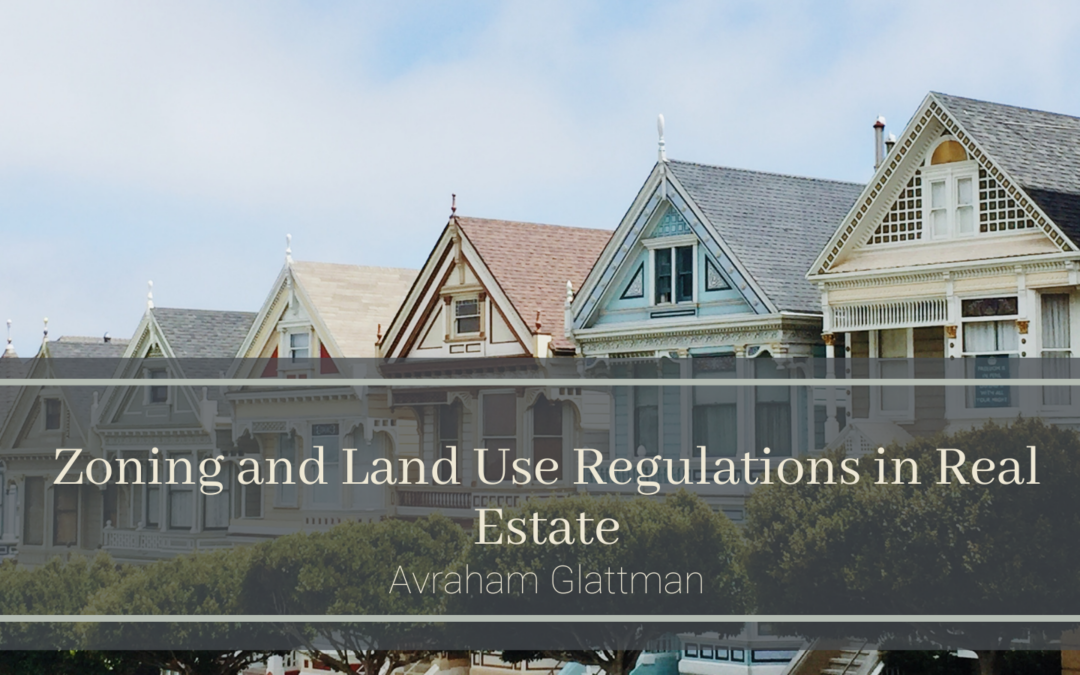Regarding real estate development, zoning and land use regulations are crucial in shaping the built environment. These regulations govern how we can use land and what can be built on it, ensuring the harmonious growth of communities and protecting the interests of both developers and residents. Here are some best practices for navigating zoning and land use regulations to maximize the potential of real estate projects while maintaining the integrity and sustainability of the surrounding areas.
Understand the Local Regulatory Landscape:
Before embarking on any real estate project, it is essential to thoroughly research and understand the zoning and land use regulations in the local area. Familiarize yourself with the local zoning codes, comprehensive plans, and development guidelines. Engage with local planning authorities and consult land use and zoning professionals. This groundwork will help you understand your project’s limitations and possibilities and avoid future conflicts.
Collaborate with the Community:
Successful real estate development should always consider the needs and aspirations of the local community. To understand their concerns and aspirations, engage with community stakeholders, including residents, business owners, and community organizations. Organize public meetings and workshops to gather feedback and address any potential issues. This collaborative approach fosters goodwill, minimizes opposition, and enhances the social and economic sustainability of the project.
Embrace Mixed-Use Development:
Promoting mixed-use development is an effective way to optimize land use and create vibrant, walkable communities. Encouraging a mix of residential, commercial, and recreational spaces reduces commute times, enhances social interaction, and promotes economic vitality. Collaborate with urban planners and architects to design projects that harmonize different land uses, ensuring compatibility and functionality.
Prioritize Sustainability:
Incorporating sustainable practices into real estate development has become a global imperative. Ensure your project aligns with environmental sustainability goals by integrating green building practices, energy-efficient design, and renewable energy sources. Implement stormwater management strategies, maximize green spaces, and prioritize public transportation accessibility. Sustainable practices benefit the environment and enhance the project’s long-term value and appeal.
Seek Variance and Special Permits When Appropriate:
Sometimes, a real estate project may require exceptions to specific zoning regulations. Seek variances or special permits when necessary, but only after carefully assessing the impact on the community and considering alternative solutions. Work closely with planning authorities and present a compelling case demonstrating how the proposed project will contribute positively to the neighborhood without undermining the intent of the regulations.
Engage Experienced Professionals:
Navigating zoning and land use regulations can be complex and time-consuming. Engaging experienced professionals such as land use attorneys, architects, and urban planners who specialize in the local area is advisable. These experts can provide invaluable guidance, ensuring compliance with regulations while optimizing the project’s potential.
Stay Informed and Adapt:
Zoning and land use regulations are not static; they evolve with communities’ changing needs and aspirations. Stay informed about any updates or changes to the regulations that may impact your project. Regularly engage with local planning authorities and attend public hearings to contribute to decision-making. You can proactively shape your project and contribute to the community’s long-term vision by staying informed and adapting to evolving regulations.
Effective navigation of zoning and land use regulations is crucial for successful real estate development. Implementing these best practices not only enhances the chances of a successful project.
